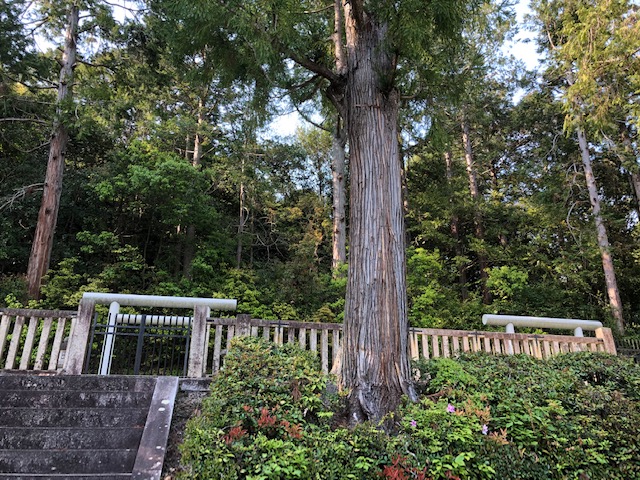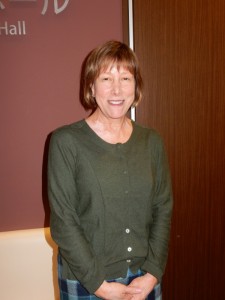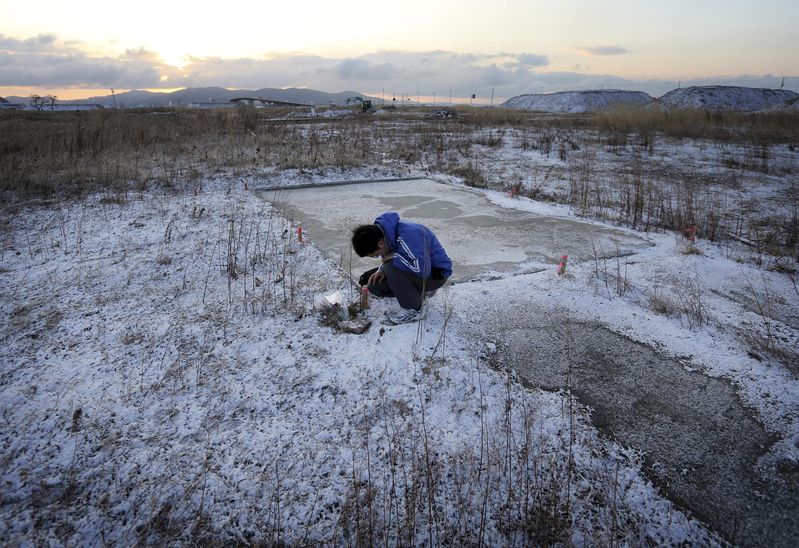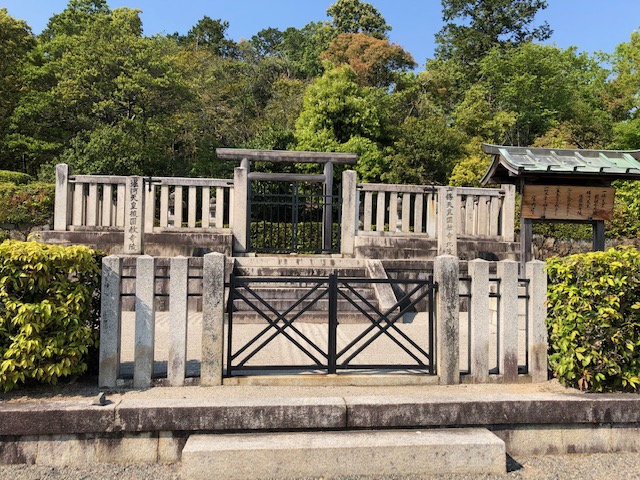
Kyoto’s Ryoan-ji houses the most famous rock garden in the world. Sadly the World Heritage site is closed at present, because of the Coronavirus crisis. Not many people know, however, that on the hillside behind it called Shuyama are woods containing seven imperial burial mounds.
The present emperor’s father, who stepped down last year, is considered the 150th of his lineage. There is a grave at Kashihara Jingu for the first of the imperial line, but not for other early emperors who are generally considered to be fictitious. An official listing of emperors’ graves begins with no. 26 and includes the most famous of them all – the enormous World Heritage mound at Sakai in Osaka known as the Daisen Kofun and erroneously claimed as Emperor Nintoku’s burial place.
Unsurprisingly, a great many of the emperors’ graves are located in and around Kyoto, imperial capital for over 1000 years. The city’s first and last emperors, Kammu and Meiji (born and raised in Gosho), are buried not far from each other in the south-east of the city. And at nearby Sennyu-ji nearly all the emperors who died in the Edo Period are buried in the Tsukinowa Cemetery.
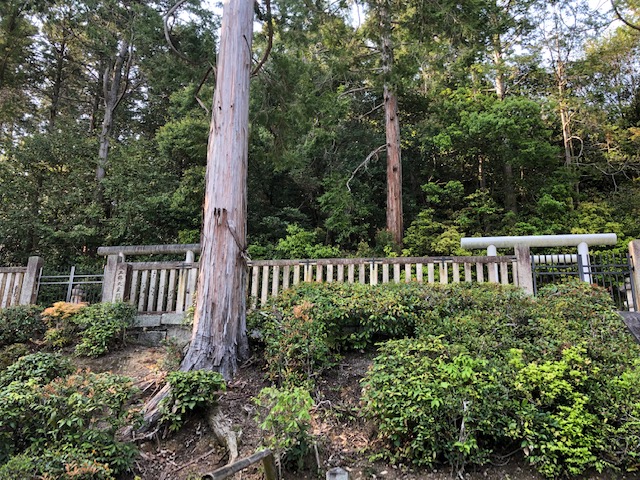
Aristocrats in Heian times were known as ‘cloud-dwellers’, since they were thought to be so august as to live on a higher plane, far above normal humans. A consequence of this was that like divine beings they were not referred to directly by name, but were often called after the place where they lived. Hence in The Tale of Genji one of the most famous females is known as Lady Roku-jo, named after the street where she lived.
Similarly the emperors buried on the Shuyama hill above Ryoan-ji have street names familiar to anyone who resides in Kyoto – Emperor Horikawa (1079-1107), Emperor Sanjo (976-1017), and Emperor Ichijo (980-1011).
One interesting oddity of the Ryoan-ji graves is that the mounds have torii in front of them except for one – that at the top. Moreover, it is not referred to as goryo (burial mound) but as a tsuka. It seems that in contrast to a burial mound, tsuka is not an emperor’s grave but contains remains that can’t be identified or an imperial family member of lesser status. In this case a notice board indicated that the site is where cremation of an emperor took place and his remains buried elsewhere.
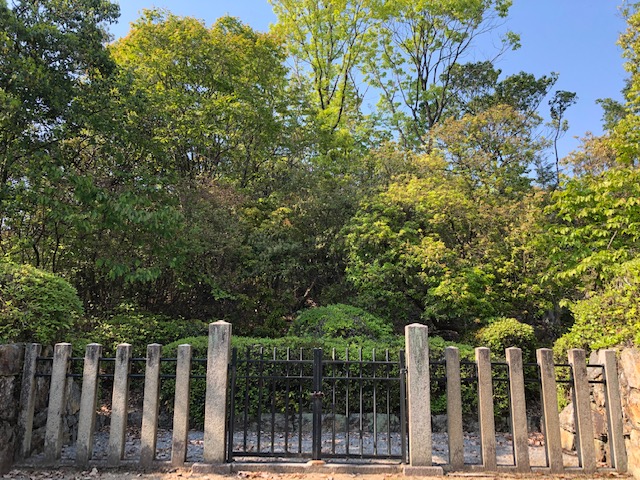
Over the course of centuries there have been changes in the preference for burial or cremation. Early emperors from no. 26 to no. 40 were buried, with the first to be cremated being Empress Jito (d.703).
For a long period of time practice alternated between burial and cremation, with nos. 63 to 73 being cremated and nos.108 to 124 being buried. The sole exception was no. 81, death in water, grave unknown. This was the tragic child-emperor Antoku, who was drowned aged five at the end of the Genpei War (1180-1185) between the Heike and the Genji.
In the Edo Period the custom was for emperors to be buried at the Tsukinowa Cemetery in Kyoto, and this continued up to present times. However, Emperor Akihito, who resigned last year, has declared a wish to be cremated. This is in keeping with the general postwar tendency in Japan to change from burial to cremation. As a result, it’s said that today an astonishing 99.94% of Japanese are cremated.
